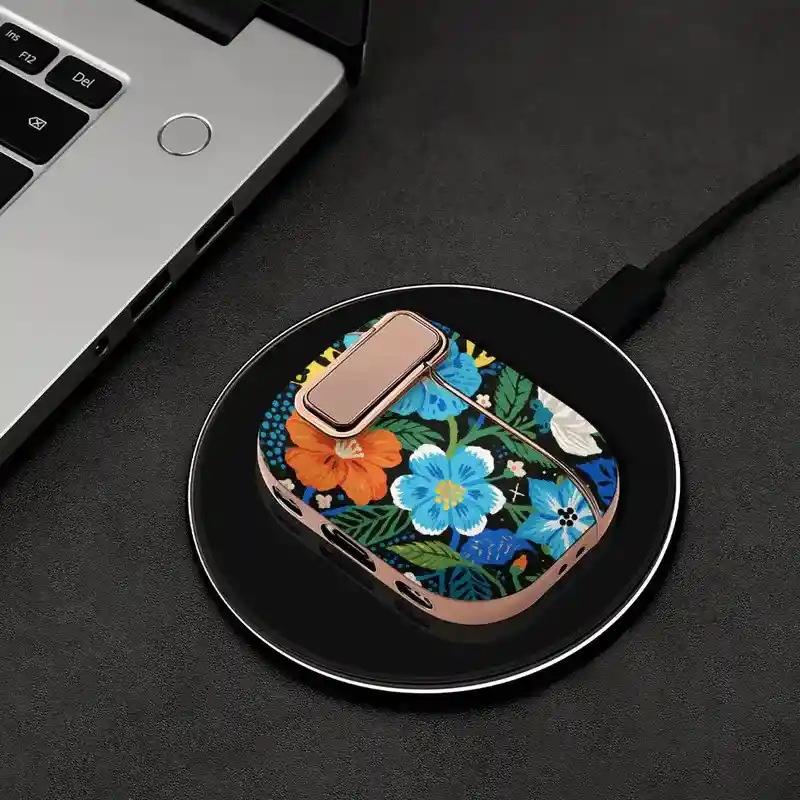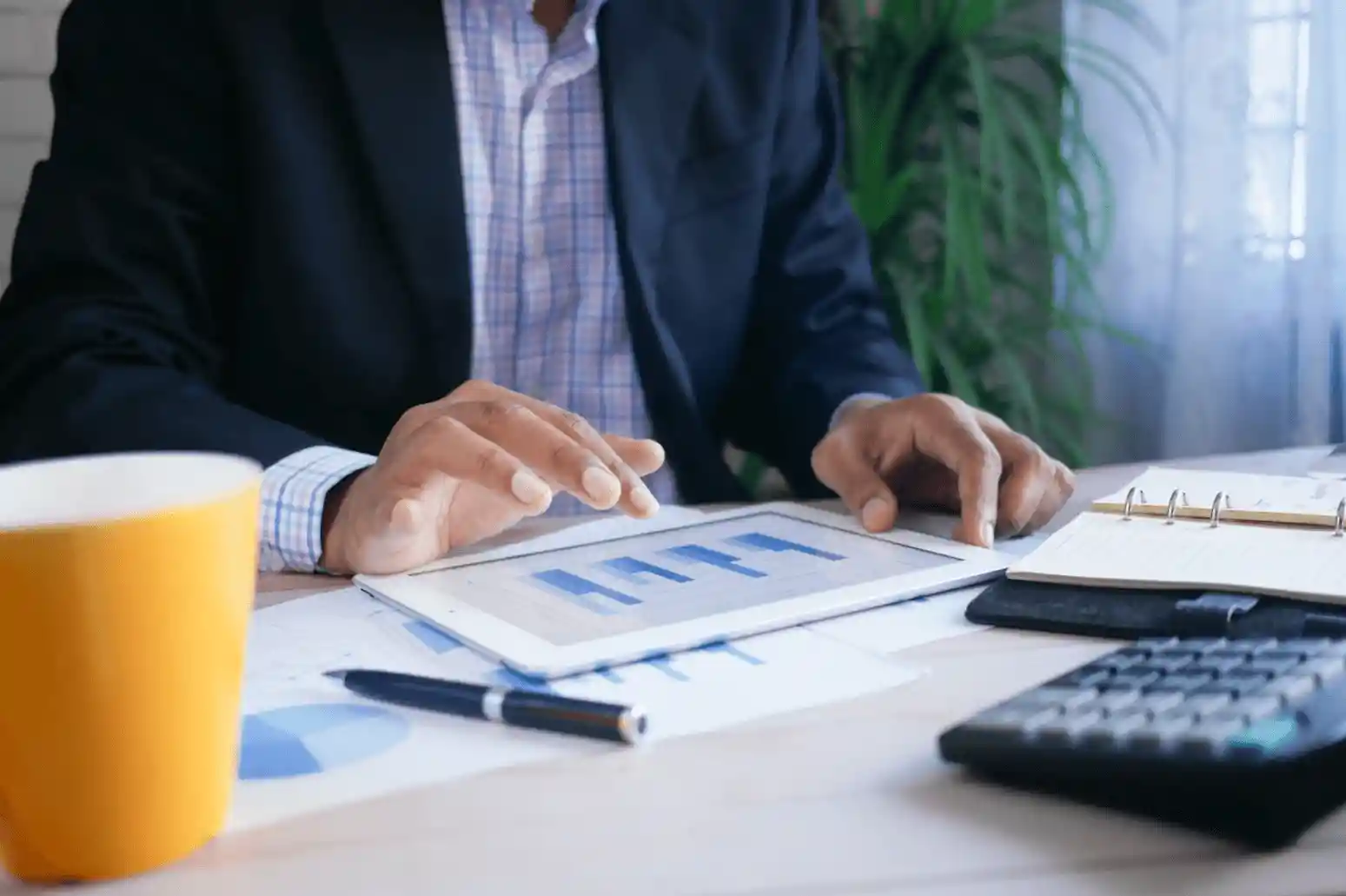
Many people think dropshipping only works one way: source cheap products overseas and sell them for a profit in wealthier markets.
Reverse dropshipping challenges that idea.
It's about bringing premium products from developed countries to buyers in emerging markets—people who are willing to pay more for quality and exclusivity.
In this guide, you'll get practical insights on how reverse dropshipping works, the types of products that actually sell, and strategies to turn it into a business that generates real profits.
What Is Reverse Dropshipping?
Reverse dropshipping is a different way to sell online compared to regular dropshipping. In normal dropshipping, you usually buy cheap products from countries like China and sell them in wealthier markets.
With reverse dropshipping, it works the other way around. You source high-value products from developed countries and sell them to customers in markets where these items are hard to find.
This model is interesting because it lets you target buyers who are willing to pay more for quality or exclusive products.
You don't need a huge inventory, and shipping costs can be manageable if you choose the right products.
The broader reverse logistics sector—which encompasses high-value product flows, returns, and recycling—is projected to reach $3.18 trillion by 2033, highlighting the strong potential for cross-border distribution of premium products.
Here are some key points to understand:
- You focus on premium products, like branded cosmetics, designer accessories, or high-end electronics.
- Your customers are looking for items they can't easily get locally.
- Profit margins can be higher than traditional dropshipping if you price products correctly.
Once you grasp how reverse dropshipping works, you can start thinking about which products to sell and how to reach your ideal buyers.
Pros and Cons of Reverse Dropshipping
Pros of Reverse Dropshipping
- Bigger Profits: Instead of selling cheap items for small markups, you sell special, high-quality products, such as handmade or unique brands. These items are often harder to find, so you can charge more and keep a higher portion of each sale.
- You Control Your Brand: You choose exactly what to sell and can check the quality before it reaches a customer. This helps you build a reliable brand, earn better reviews, and encourage repeat purchases.
- Faster Shipping, Happier Customers: Handling shipping from your own location or warehouse usually means orders reach customers faster than items shipped from overseas. Quicker delivery improves customer satisfaction.
- Stand Out with Unique Products: You aren't limited to common items. By offering interesting, locally-made, or unique products, your store can attract customers looking for something different.
Cons of Reverse Dropshipping
- Upfront Costs & Inventory Risk: You need to buy products before selling and pay for storage. If items don't sell, the investment is tied up, making careful planning and market research essential.
- More Work on Your Plate: You manage stock, store items safely, pack orders, and ship them yourself or hire someone. This requires more time and effort than traditional dropshipping.
- Finding Reliable Products Takes Effort: Identifying high-quality products and trustworthy suppliers can be challenging. Building reliable relationships takes time and consistent effort.
- Slower Growth: Because you handle inventory and shipping, scaling the business quickly is harder. Adding many new products at once is riskier and requires additional capital.
Reverse Dropshipping vs. Traditional Dropshipping
Product Sourcing
Reverse Dropshipping
In reverse dropshipping, you get high-value products from developed countries. These items are usually harder to find in your target market. You focus on quality and brand reputation rather than low cost. This lets you sell products that feel exclusive.
Traditional Dropshipping
Traditional dropshipping mainly uses cheap products from low-cost countries. Your goal is to buy products at the lowest price possible. The focus is on volume and affordability, not exclusivity. You often compete on price with many other sellers.

Print On Demand Tripod Floor Lamp (Made in USA) - PrintKK
Customer Market
Reverse Dropshipping
Your customers are looking for items that are rare or premium in their country. They are willing to pay more for convenience and quality. You don't need as many buyers to make a good profit.
Traditional Dropshipping
You usually target customers who want affordable products. Price sensitivity is high. The market is bigger, but competition is fierce. You often need promotions to attract buyers.
Profit Margins
Reverse Dropshipping
Profit margins tend to be higher because the products are expensive and hard to get locally. You can set prices strategically. Shipping costs are lower relative to the product value.
Traditional Dropshipping
Margins are usually smaller. You rely on selling many items to make a profit. Shipping costs can eat into your earnings if products are heavy or you offer free shipping.
Inventory Management
Reverse Dropshipping
You usually don't need a large stock of items. High-value products sell in smaller quantities, so you can manage inventory easily. This reduces the risk of unsold stock.
Traditional Dropshipping
You often deal with a higher number of low-cost items. Inventory management can become tricky, especially if suppliers run out or products are discontinued.
Shipping and Customer Expectations
Reverse Dropshipping
Shipping is simpler because items are high-value and lighter. Customers care more about quality and brand than speed. You can focus on delivering a premium experience.
Traditional Dropshipping
Shipping is more challenging. Many cheap items are bulky or heavy. Customers expect fast delivery and low prices. Complaints and returns can be more frequent.
How to Start a Reverse Dropshipping Business and Make Profits
Choose the Right Products
Start by picking products that actually move. Focus on high-value items from developed countries that your market can't get easily.
Think of items people are willing to pay more for because they are rare or branded. Avoid bulky or heavy products—they make shipping tricky and eat into profits. Look for products that are light, durable, and have clear demand before committing.
Find Reliable Suppliers
Suppliers can make or break your business. Work only with partners who consistently provide authentic, high-quality products.
Check reviews, confirm shipping times, and test a few orders yourself. Multiple suppliers reduce risk, so you aren't stuck if one fails. Clear communication is key—track orders carefully and make sure expectations are aligned to avoid surprises.
Set Smart Prices
Your profit comes from pricing correctly. Cover the product cost, shipping, and any platform fees, then add your margin.
Compare similar products in your target market to understand what buyers will actually pay. Pricing too low can hurt perceived value, while pricing too high can stop sales. Find a balance where you profit but remain competitive.
Market to the Right Audience
Marketing isn't just posting ads. Focus on the places your ideal buyers already hang out.
Emphasize what makes your product unique—brand, rarity, or quality. Images and product descriptions matter more than fancy slogans.
Clear, honest listings help customers trust you and reduce returns. A few targeted ads can do more than broad campaigns.
Keep Customers Coming Back
High-value products mean customers expect reliability. Track shipments, respond quickly to questions, and handle issues clearly.
A smooth experience builds trust and makes buyers return. Returns, updates, and follow-ups aren't extra work—they're part of keeping a profitable, repeat customer base. Satisfied buyers cost less than constantly finding new ones.
5 Popular Products for Reverse Dropshipping
Electronics and Gadgets
Electronics are always desirable, particularly high-end stuff from good brands. You can sell stuff like smartwatches, headphones, or home gadgets that are difficult to find locally.
Consumers are ready to go the extra mile for products that work and bring new ideas. Ensure the products ship easily, can be shipped safely, and inspect any warranty or support options because premium electronics buyers demand top service.

Custom Printed on Demand AirPods Pro 2 Case - Phone Accessories - PrintKK
Designer Fashion and Accessories
Luxury clothing, shoes, or accessories are great for reverse dropshipping. Consumers in the developing world frequently prefer branded products they can't find at home.
Concentrate on original products and limited editions to differentiate your shop. Create beautiful product pages with crisp images and sizing charts to minimize returns and keep your customers happy.

Custom Printed on Demand Swimsuit Cardigan Top Customized Services - Women's Clothing - PrintKK
Health and Beauty Products
High-end skincare, cosmetics, and wellness products are trending. Buyers trust products made in developed countries that meet quality standards and safety requirements.
You can reach niche customers with premium serums, makeup, or organic supplements. Feature benefits and certifications to raise perceived value and support higher pricing.

Home and Kitchen Appliances
Unique, long-lasting home gadgets, such as smart kitchen appliances or robotic vacuum cleaners, can do quite well.
In emerging markets, many buyers seek time-saving or convenient products. Provide specific instructions for use and include shipping details to protect fragile items.
People are willing to pay a premium for a reliable product they can't find easily in their own area.
Sports and Outdoor Gear
Quality sporting goods and outdoor equipment from well-known brands appeal to people who spend lots of time outdoors.
Think camping devices, bicycle add-ons, or fitness gadgets. Your products should be easily shippable and durable, and provide guides or tips for use.
You can use brand reputation and performance to justify higher prices.

Custom Wagons Carts Foldable - Print on Demand Fulfillment - PrintKK
How to Enter Foreign Markets with Reverse Dropshipping
Identify Target Markets
Start by selecting the right markets for your products. Look for countries with high demand and strong purchasing power.
Consider factors like population size, online shopping habits, and what products are hard to find locally. Focusing on the right markets increases your chances of making consistent sales.
Understand Local Market Requirements
Before selling, learn the rules for each country. This includes:
- Local regulations and import restrictions
- Taxes and customs duties
- Language and cultural norms
Understanding these helps you avoid delays and ensures your products reach customers without problems.
Localize Marketing and Sales Channels
Different countries prefer different marketplaces and marketing styles. Use platforms like Shopee, Tokopedia, MercadoLibre, or Lazada depending on your target market.
Adapt ad creatives, campaigns, and keywords to fit local preferences. Small tweaks in language or images can make a big difference in engagement.
Payment Methods and Checkout Options
Offer payment methods that are popular in each market. Some customers prefer credit cards, others digital wallets or local gateways.
A smooth, familiar checkout experience helps reduce abandoned carts and builds trust with your buyers.
Monitor KPIs and Optimize
Keep track of your sales performance and costs.
Watch metrics like conversion rates, shipping issues, and customer feedback. Use this data to adjust your strategy and improve results over time.
Regular optimization ensures your reverse dropshipping business stays profitable.

Taxes and Duties in Reverse Dropshipping
Why Taxes and Duties Matter
When you sell products internationally, taxes and duties directly affect your profits.
If they are ignored, your prices might be too low, and unexpected costs can eat into your margins. Understanding them early helps you set accurate prices and avoid surprises.
Types of Taxes and Duties
There are several fees to consider:
- Import duties or tariffs
- VAT, GST, or local sales taxes
- Other potential charges like customs clearance or handling
Each fee impacts your landed cost, so knowing them in advance is crucial.
Country-Specific Rules
Different countries have different regulations. For example:
You need to check HS codes and local tax rules for your products. These details help you avoid delays and extra charges.
Estimating Landed Cost
To price correctly, calculate the total cost of delivering a product: product price + shipping + taxes and duties.
You can use spreadsheets or online calculators to simplify this. Including taxes in your pricing helps you maintain a healthy margin.
Tips for Smooth Compliance
Plan ahead and stay organized. Consider:
- Consulting local regulations
- Using tools for tax calculation
- Keeping records of shipments and duties
Being prepared reduces errors and keeps customers happy.
Key Takeaways
Careful planning is essential in reverse dropshipping. Knowing the fees, local rules, and how to calculate costs ensures your business stays profitable. Using calculators or expert advice can save time and prevent costly mistakes.
Expert Tips
Reverse dropshipping opens a different path in e-commerce. You focus on premium products and buyers who value quality.
You can earn higher profits if you choose the right items and work with reliable suppliers. Shipping, pricing, and customer service are important, but manageable.
By building trust and offering unique products, you can create a sustainable business.
Keep learning, stay organized, and pay attention to your market. With the right approach, reverse dropshipping can become a steady income source and a way to stand out in the online market.
FAQs
Can I use multiple suppliers for my dropshipping business?
Using multiple suppliers can protect you from stock shortages and delays. Focus on suppliers who deliver consistently and communicate quickly. Having backups ensures your store never runs out of popular items.
How can I ensure customer satisfaction as a reverse drop shipper?
Customer satisfaction comes from clear product info, reliable shipping, and fast problem-solving. Track every order, answer questions promptly, and make returns simple. Your attention to detail builds trust and repeat business.
Is reverse dropshipping legal?
Reverse dropshipping is legal if you follow local import laws and product regulations. Always check customs rules and avoid unlicensed or counterfeit items. Compliance protects your business and keeps operations smooth.
What are some challenges with reverse dropshipping?
Challenges include high shipping costs, customs delays, and finding suppliers you can rely on. Managing customer expectations and ensuring premium product quality are also key to avoid complaints and returns.
What makes a product ideal for reverse dropshipping?
Look for high-quality, rare, or unique items that buyers can't find locally. Products should offer real value, whether it's better performance, design, or prestige.
Who is the target audience for reverse dropshipping?
Your audience is buyers who value premium products not available locally. They are willing to pay extra for quality, brand reputation, and convenience, making them ideal for niche high-end items.










 Global Shipping
Global Shipping








 Made in USA
Made in USA





















